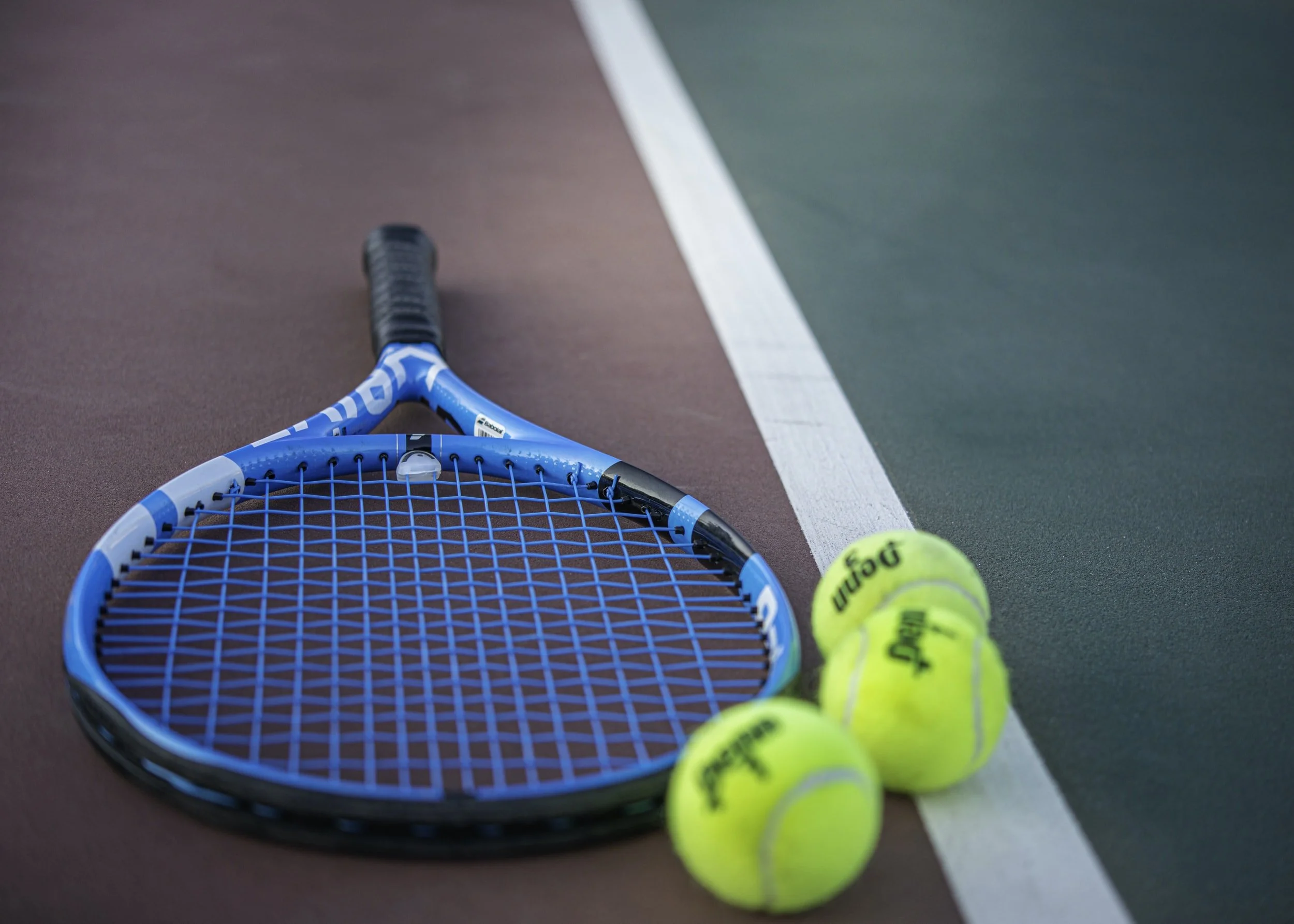In-Season Training – What Should it Look Like?
Eventually it comes time for an athlete to decrease the time spent in the gym and step back on the field. During this in-season phase of an athlete’s annual plan, their training objectives shift in an effort to ensure optimal on-field performance.
We all know that strength/power/speed gains deteriorate in some respect during the season. Depending on what you read, the literature can be all over the place when trying to determine exactly how long improvements will last before the athlete starts to “lose some of their gains.” Without getting into major technicalities, the general consensus is that strength/power/speed improvements may deteriorate somewhere between 2-6 weeks. But this is highly variable due to a vast number of factors the athlete may experience during the season. We’ll save the details of that for another article.
So, with us now in agreement that strength/power/speed gains will ultimately deteriorate in some capacity, this makes an athlete’s in-season training a vital part of their continued progression.
Our goal as coaches for in-season work should be twofold: 1) Put our athletes in the best possible position to succeed while making every effort to keep them healthy and performing at a high level and 2) Maintain their off-season improvements and try to make smaller incremental improvements without impacting their on-field performance.
There are a lot of moving pieces when addressing an in-season program. Here is a breakdown of how we approach it at ELP with a detailed breakdown following.
- Warmup – Joint Articulations and Muscle Activations (5 mins)
- Movement work – prescribed work based on movement analysis. May include joint work or movement specific work to return the body to an efficient locomotive state. (10 mins)
- Workout – Two Upper/Lower combo Days w/ the Neubie. Two circuits; three exercises each. Exercises done with the Neubie. (35 mins)
Cool Down – Neubie Master Reset. (10 mins.)
*Total Time: 45-55 minutes.
*PH Testing done 1x/month
Below is a more detailed look into the aforementioned elements:
- The Weight Room – Maintaining Strength/Power/Speed and The Warmup
- Decrease the Frequency of training sessions:
- Dropping from 3-4 days of 1-1.5-hour training sessions to 2 days of 45-minute sessions has been very successful for us over the years.
- Decrease the Volume in each training session:
- Fewer sets and less specificity with exercises. Grab the lowest hanging fruit possible to get the biggest bang for your buck. Specificity can be applied more extensively based on movement and with warmups. See the next section.
- Decrease the Intensity of the training session:
- During the season is not a good time to be “maxing out,” having “gut check days” or incorporating extra “speed work.” Keep things simple and give your athletes an opportunity to recover. Ultimately most athletes aren’t gym rats like coaches; they simply use the gym to improve their sport, which is their true love. Keep it simple, calm, get in and get out.
- Decrease the Frequency of training sessions:
At ELP our athletes have the benefit of implementing the Neubie to maximize their training sessions and replace their lost “time under the bar.” The Neubie’s direct current allows us to stimulate more muscle without adding additional stress to their joints. We’re able to recruit more muscle in a shorter time, keeping their strength/power levels high and reducing the risk of injury and unnecessary fatigue. We do not incorporate much, if any, speed work during the season. In our opinion, they’re getting enough of it simply by playing their sport.
- Monitor Movement Patterns
- Repetitive Motions may lead to compensatory patterns and eventually the dreaded words known as: “overuse injury.” There are a handful of ways we monitor this throughout the season. The first method of evaluation is through the lens of joint function both passively and actively. Its commonplace for coaches will throw mobility drills at athletes during in-season work in an effort to simply “get something done.” That’s fine and may have its place, but we tend to use more specificity in movement patterns/mobility work during this time. Our specificity is based on the principles of progressive and regressive angular isometrics. ELP is Functional Range Conditioning (FRC) certified and the only certified Functional Range Assessment (FRA) facility in the Mid-South/Northern Mississippi. These certifications provide our team the ability to assess movement specifically at the joint capsule level through a very detailed lens. Monitoring changes in active and passive ranges of motion help us plan our mobility and movement work during the season.
- Getting in those Tune Ups aka “Oil Changes”
- The human body is like a car engine; it’s going to need maintenance and a tune up every so often. As the wear and tear of the season accumulates on the athletes, it’s common to see eventual changes in performance and recovery due to changes in muscle activation and nervous system function. In this part of our in-season work, we will regularly implement full body muscle testing analysis to make sure everything is still firing as it should and that our athlete’s bodies are in the best possible state. The Master Reset is also an ELP favorite. The Master Reset harnesses the power of The Neubie’s unique current to stimulate the vagus nerve and assist in elevating parasympathetic (rest/digest) activity. It will take us anywhere from 10-20 minutes and really puts the athlete in a great position to be prepared for their next outing.
- PH Monitoring
- PH Monitoring is arguably one of the most important, and also the most overlooked element of in-season. We all know that during competition, minerals are lost, and nutrients are depleted. Couple that with the fact most athletes don’t eat properly anyways, and you’re looking that an athlete that is fatigued due to a slowed recovery process. Mandy (our Board-Certified ND and Certified Natural Health Practitioner) regularly monitors our athletes internal bio-terrain to help keep the athlete’s body in an efficient state. Once the engine is churning, we want to keep it churning otherwise something will break down.
If you’re interested in learning more about in-season work for you or your athlete, feel free to contact us at info@elitelevelperformance.com or at 901-221-8808.
John Nelson, Founder/Director ELP

